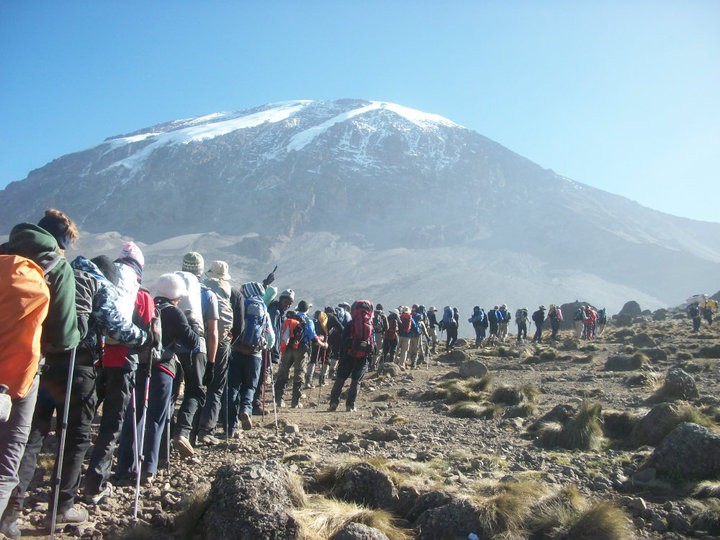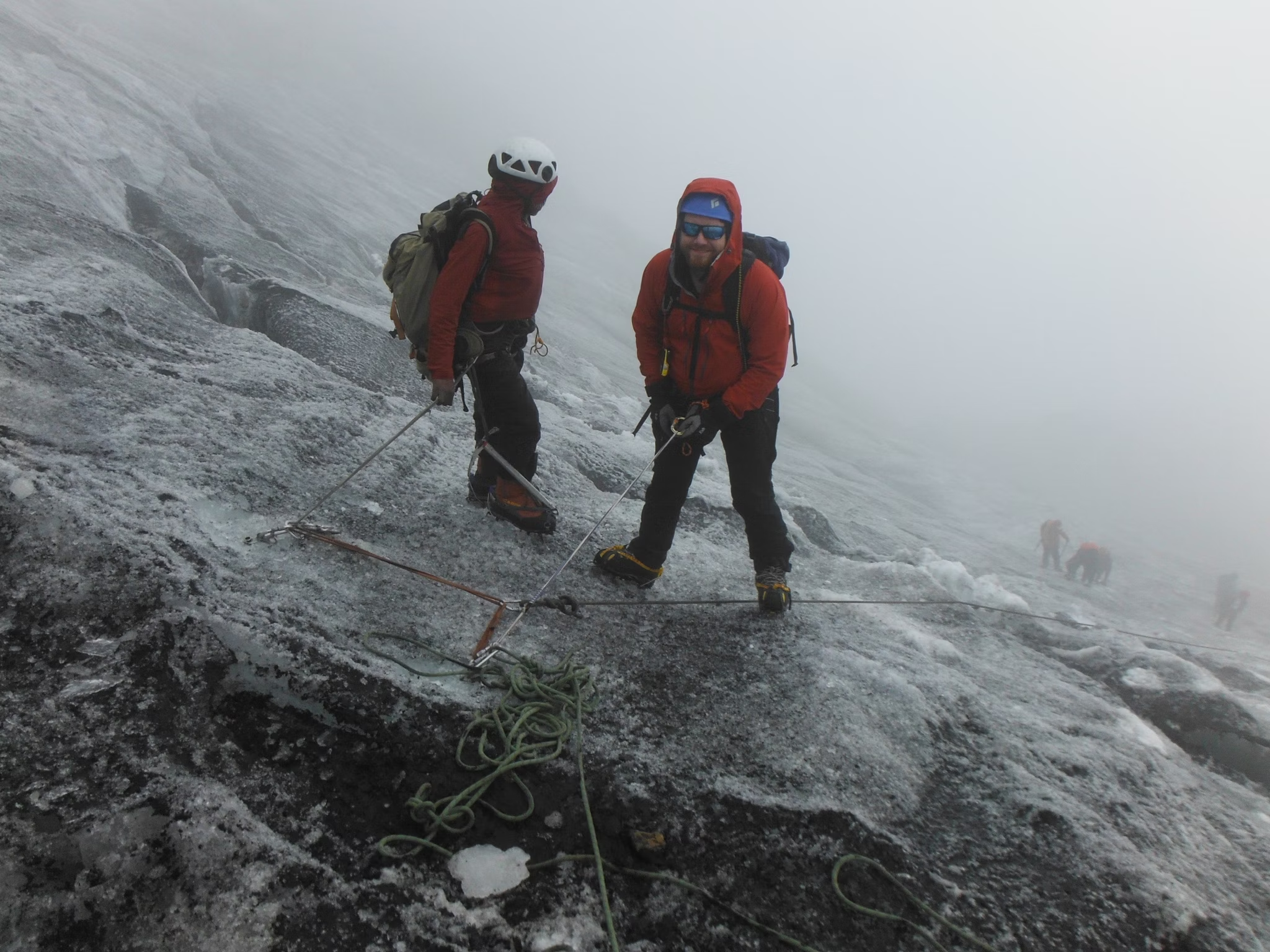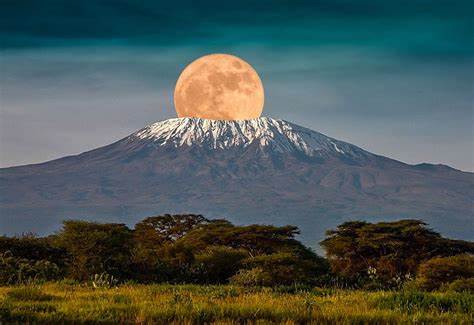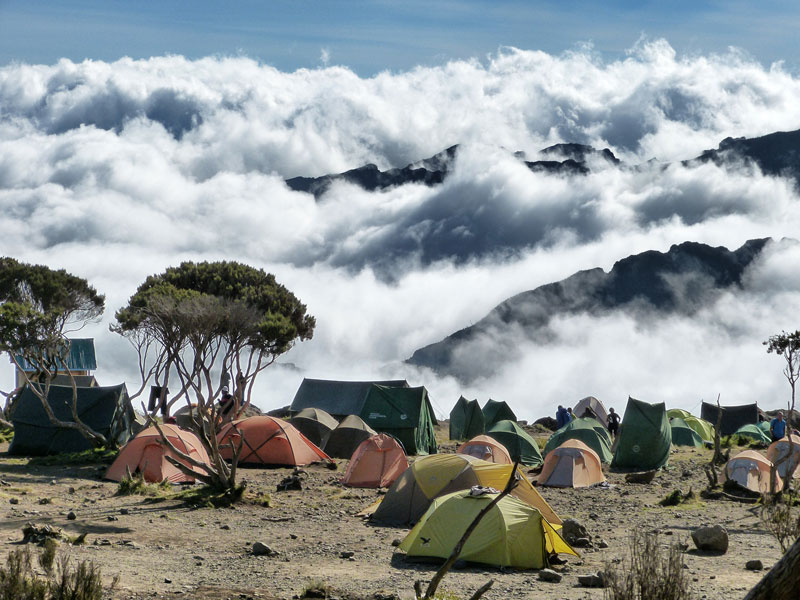
Mountain Kilimanjaro Frequently Asked Questions (FAQs)
This Mount Kilimanjaro Frequently Asked Questions (FAQ) page addresses common questions and provides valuable insights to ensure your trek is safe, enjoyable, and unforgettable.
Mount Kilimanjaro, the highest peak in Africa, stands majestically at 5,895 meters (19,341 feet) and attracts thousands of trekkers each year in Tanzania. Known for its breathtaking landscapes and diverse ecosystems, Mountain Kilimanjaro offers a once-in-a-lifetime experience for adventurers seeking to conquer this iconic mountain. Whether you’re a seasoned climber or a first-time hiker of Tanzania’s mountain Kilimanjaro, understanding the essentials of Kilimanjaro tours through our mount Kilimanjaro Frequently Asked Questions(FAQ) guide will help you prepare for this incredible journey.
Kilimanjaro Mountain Specific Frequently Asked Questions (FAQs)
Q1: What are the main routes to climb Mount Kilimanjaro?
A: Kilimanjaro offers several routes, each with its own unique characteristics. The most popular are:
Northern Circuit Route: The longest route, offering the highest success rate due to ample acclimatization time.
Marangu Route: Known as the “Coca-Cola” route, it is the only route with hut accommodations.
Machame Route: Known as the “Whiskey” route, it is more challenging and offers stunning scenery.
Lemosho Route: A longer route that offers excellent acclimatization opportunities and beautiful landscapes.
Rongai Route: Approaches from the north and is known for its remote, quieter trails.
Q2: How long does it take to climb Kilimanjaro?
A: The duration of the trek depends on the route chosen. Most treks range from 6 to 9 days. The longer you take, the better your chances of successful acclimatization, reducing the risk of altitude sickness. We recommend choosing a route with a minimum of 7 days to maximize your chances of reaching the summit.
Q3: What kind of wildlife can be found on Kilimanjaro?
A: While Kilimanjaro is not primarily known for its wildlife, you may encounter various species along the lower slopes, including blue monkeys, colobus monkeys, and a variety of birds. As you ascend, the vegetation becomes sparse, and wildlife sightings are rare, but the unique flora and diverse ecosystems make the journey fascinating.
Q4: Is altitude sickness a concern on Kilimanjaro?
A: Yes, altitude sickness is a significant concern when climbing Kilimanjaro. Symptoms can include headaches, nausea, dizziness, and shortness of breath. Our treks are designed with acclimatization in mind, including “climb high, sleep low” strategies and extra acclimatization days where necessary. Our guides monitor all climbers closely for signs of altitude sickness and are trained to take appropriate action.
Q5: Do I need a visa to visit Tanzania for a Kilimanjaro climb?
A: Most visitors to Tanzania require a visa, which can be obtained upon arrival at the airport or in advance from a Tanzanian embassy. It’s important to check the specific visa requirements for your country before traveling. We can provide guidance on the visa process as part of your booking.
Q6: Can I combine a Kilimanjaro climb with a safari?
A: Absolutely! Tanzania is home to some of the most famous national parks in Africa, including the Serengeti and Ngorongoro Crater. Many of our clients choose to combine their Kilimanjaro climb with a wildlife safari, cultural tour, or a relaxing beach holiday on the island of Zanzibar. We offer customizable packages to create a complete Tanzanian adventure.
Q7: What is the success rate for reaching the summit of Kilimanjaro?
A: The success rate for reaching the summit of Kilimanjaro varies depending on the route and the number of days taken for the climb. Routes that allow more days for acclimatization, such as the Lemosho or Northern Circuit, have higher success rates of around 85-95%. Shorter routes have lower success rates due to the increased risk of altitude sickness.
Q8: What kind of food is provided during the Kilimanjaro trek?
A: We provide a variety of nutritious and energy-packed meals during the trek. Breakfast typically includes porridge, eggs, toast, and tea or coffee. Lunches are often packed and enjoyed on the trail, while dinners are hot meals served in camp, including soups, pasta, rice, vegetables, and meats. We can accommodate dietary preferences and restrictions with advance notice.
Q9: Can I rent gear for the Kilimanjaro climb?
A: Yes, we offer gear rental services for items such as sleeping bags, trekking poles, jackets, and more. Renting gear can be a convenient option if you prefer not to travel with bulky equipment. We ensure that all rental gear is of high quality and suitable for the harsh conditions on the mountain. Here is a detailed list of what you may need for a hike
Q10: What is the weather like on Kilimanjaro?
A: The weather on Kilimanjaro varies greatly depending on the altitude and time of year. The lower slopes are typically warm and humid, with temperatures dropping as you ascend. The summit can be very cold, with temperatures often below freezing, especially at night. Weather conditions can change rapidly, so it’s essential to be prepared for all possibilities.
Q11: What is the cost of climbing Kilimanjaro?
A: The cost of climbing Kilimanjaro varies depending on the chosen route, duration, and inclusions. On average, prices range from $1,500 to $3,500 per person. This typically covers park fees, guide and porter salaries, meals, accommodations, and necessary permits. We offer customizable packages to suit different budgets.
Q12: What is the best time to climb Kilimanjaro?
A: The best time to climb Kilimanjaro is during the dry seasons, which are from January to March and June to October. These months offer the most favorable weather conditions, with less rain and clearer skies.
Q13: How difficult is climbing Kilimanjaro?
A: Climbing Kilimanjaro is considered challenging, but it is achievable for most fit individuals. The trek involves varying altitudes and terrain, so proper preparation, training, and acclimatization are essential for a successful summit.
Q14: Do I need a guide to climb Kilimanjaro?
A: Yes, it is mandatory to hire a licensed guide to climb Kilimanjaro. Guides are knowledgeable about the terrain, weather conditions, and safety protocols, ensuring a safe and enjoyable trek. Porters are also available to assist with carrying gear and supplies.
Q15: What should I pack for a Kilimanjaro trek?
A: Essential items to pack for your Kilimanjaro trek include warm clothing, waterproof gear, sturdy trekking boots, a sleeping bag, and camping equipment. Additionally, bring a first aid kit, water purification tablets, high-energy snacks, and a reliable backpack.
Q16: How can I prepare for the altitude on Kilimanjaro?
A: Acclimatization is crucial for handling the altitude on Kilimanjaro. Spend a few days at lower elevations before your climb, stay hydrated, and consider medications for altitude sickness. Gradual ascent and listening to your body are vital for success.
Q17: What accommodation options are available on Kilimanjaro?
A: Accommodation options vary by route. The Marangu Route offers huts, while other routes typically involve camping. Campsites provide a more rustic experience, allowing trekkers to enjoy the beauty of nature under the stars. Other accomodation options are in nearby towns and include affordable budget friendly hotels to luxurious hotels and lodges.
Q18: Is it safe to climb Kilimanjaro?
A: Climbing Kilimanjaro is generally safe if you are well-prepared and follow the guidance of your licensed guide. Key safety concerns include altitude sickness and weather conditions, so staying informed and monitoring your health is essential.
Q19: Can I combine my Kilimanjaro trek with a safari?
A: Yes, many tour operators offer packages that combine a Kilimanjaro trek with a wildlife safari in nearby national parks such as Serengeti or Ngorongoro Crater, providing an unforgettable experience of Tanzania’s natural beauty.
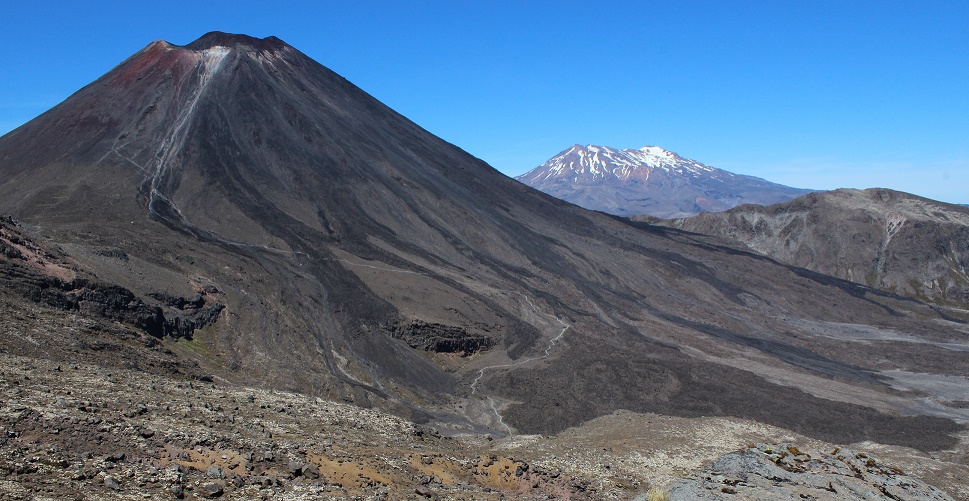
Your mount Kilimanjaro Adventure Awaits based on our Frequently Asked Questions (FAQ) Guide
Climbing Mountain Kilimanjaro in Tanzania is a remarkable adventure that promises breathtaking views and unforgettable memories. By understanding the essential information covered in this mountain Kilimanjaro Frequently Asked Questions (FAQ) page, you’ll be well-prepared for your journey. Whether you’re seeking the thrill of reaching the summit or the beauty of Tanzania’s landscapes, Mt Kilimanjaro offers an experience that will stay with you forever. Start planning your mount Kilimanjaro climb trek today and get ready for the adventure of a lifetime!
Whether you’re an experienced hiker or a first-time climber, our dedicated team is here to support you every step of the way. If you have more questions or need personalized assistance in planning your mountain Kilimanjaro trek and climb in Tanzania, don’t hesitate to contact us.
Start your unforgettable journey in East Africa today! Explore our customizable mountain Kilimanjaro trekking tour packages and join the ranks of adventurers who have reached the summits of Kilimanjaro Mountains. Experience the thrill of conquering these majestic peaks, and create memories that will last a lifetime.
Ready to embark on your adventure? Visit our booking page or get in touch with us for more information using the floating contact button on the screen. Your dream mountain Kilimanjaro trek awaits!

